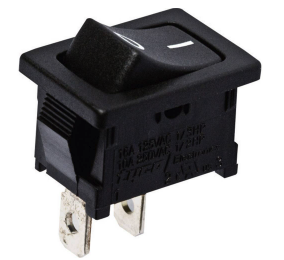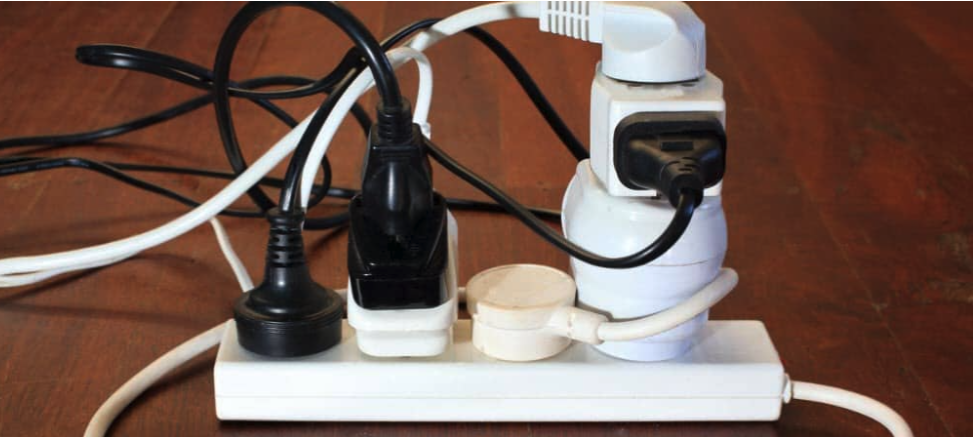
When building a PC from scratch or using pre-purchased equipment, one thing is for sure; it won’t work without a startup button. This small component is crucial to powering up most tech devices. If you’re unsure precisely what it does, then read on to find out everything you need to know about Rocker switches.
What Is a Rocker Switch?
Rocker switches are electrical components used in surge protectors, monitors, computer power supplies, and many other sensitive pieces of equipment. It’s an on/off switch that rocks instead of tripping.
When one side is pressed down, the other side is raised, almost similar to a seesaw. If the button has its own circuitry, it’ll have a light on the face, making it easier to find in the dark.
This is regardless of whether the switch is on or off. With dependent circuitry, the light shines only when the control is on.
What Equipment Uses Rocker Switches?
If you’ve ever owned a desktop computer, then you’ve used a rocker switch. It’s the small button on the back with an ‘I’ and an ‘O’. It’s what controls the power on the machine.
It’s commonly found on CPUs, but you’ll also find them on external hard drives, PC monitors, surge protectors, and other computer peripherals. The switches are designed to perform in a variety of applications, some of which are listed below:
- Household appliances both large and small, vacuum cleaners, and food equipment
- Instrumentation panels as shut-off switches
- Electrical equipment including power outlet strips and battery chargers
- Telecommunications
- Audio/visual items
- Industrial machineries such as handling and packing machines, HVAC units, or shop vacs
- Small handheld devices, electric tools, or office hardware
- Off-road vehicles
- Emergency lighting and fixtures, generators
- Medical apparatus
Different Types of Switches

A standard/dual paddle actuates rocker switches. They’re available in various configurations, including two or three-position on/Off, momentary, maintained, and more.
The specs differ between the multiple types, and it’s best to get professional advice before choosing one for your equipment. There are four typical throw and pole configurations:
SPST
This switch makes or breaks the connection of a single conductor placed in a one branch circuit. It typically has two terminals and is known as a single-pole switch.
SPDT
This configuration affects the connections of a single conductor with one of two other standalone conductors. Usually, these have three terminals and are most often used in pairs. They’re sometimes referred to as three-way switches.
DPST
DPST rocker switches break or create a connection of two conductors within one branch circuit. Typically, these have four terminals.
DPDT
The connection is made or broken between two conductors into two separate circuits. There are usually six terminals available in this configuration, in both the momentary and maintained contact versions.
Final Thoughts
All equipment needs electricity to run and switching on a machine would be challenging without the simple rocker switch. It’s used across many industries and makes it easier for people to boot up everything from small handheld devices to large industrial machinery.
There are different types of switches, and it’s best to speak to a consultant to find out which one would work best for your machine.
